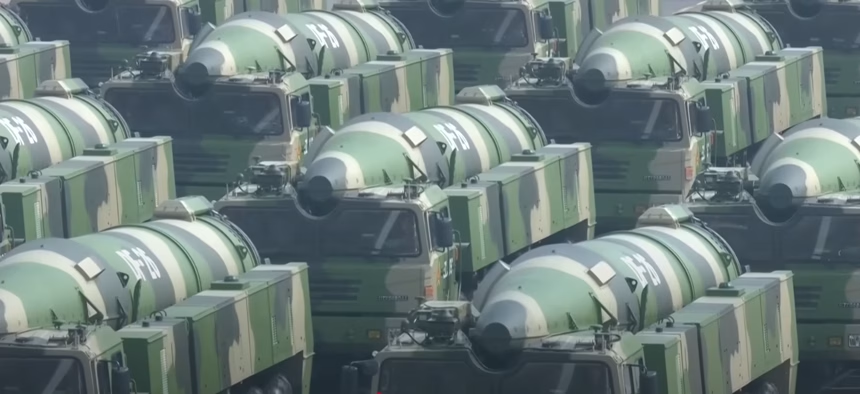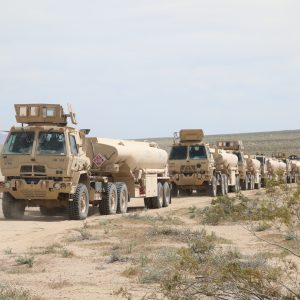China’s rapid buildup of nuclear weapons—estimated at nearly 600 warheads—raises urgent strategic implications for global defense planning.
Current Arsenal and Accelerated Buildup
Independent assessments—including the Federation of American Scientists (FAS) and Stockholm International Peace Research Institute (SIPRI)—estimate China possesses approximately 600 nuclear warheads as of early 2025. Since 2020, its stockpile has nearly tripled, marking a notable shift from its former “minimum deterrence”. This acceleration in growth signals a deliberate strategy aimed at redefining China’s deterrent posture. Furthermore, it challenges long-held assumptions about Beijing’s restraint in nuclear planning.
Projected Growth Trajectory
The U.S. Department of Defense projects this arsenal will exceed 1,000 operational warheads by 2030. Additionally, some forecasts extend to 1,500 warheads by 2035 —representing the most aggressive peacetime nuclear expansion among the nine nuclear-armed states. These projections emphasize the need for a reevaluation of global non-proliferation mechanisms and deterrence architectures.

Infrastructure Expansion: Missile Silos and Delivery Systems
Satellite imagery and defense reports document the construction of approximately 320 new solid-fueled ICBM silos across fields such as Yumen, Hami, and Yulin. In parallel, China is doubling its DF‑5 silo capacity—indicating not just growth but a strategic shift toward more survivable and diversified delivery platforms. This infrastructure boom enhances China’s second-strike capability and complicates strategic calculus for rival powers.
Strategic Implications for Global Security
This unprecedented pace not only alters regional deterrence balances in Asia but also signals China’s intent to narrow the quantitative gap with major nuclear powers, particularly the U.S. and Russia. Such a shift in posture reframes strategic planning for allied nations. Moreover, it underscores the urgency of renewed emphasis on arms control diplomacy and transparency frameworks.
The Pentagon has previously downplayed the possibility of warhead parity with the United States. However, China’s current trajectory invites continuous reevaluation of nuclear deterrence policies and crisis management doctrines. Effective countermeasures now depend on both hard-power readiness and strategic foresight.
Conclusion
China’s nuclear arsenal growth—from approximately 600 warheads today to possibly 1,500 within a decade—requires strategic stakeholders to recalibrate regional defense and arms control strategies. Transparent assessments and rigorous monitoring will be essential to mitigate risk and avoid destabilizing surprises. The international community must proactively engage with this evolving reality to preserve strategic equilibrium.










